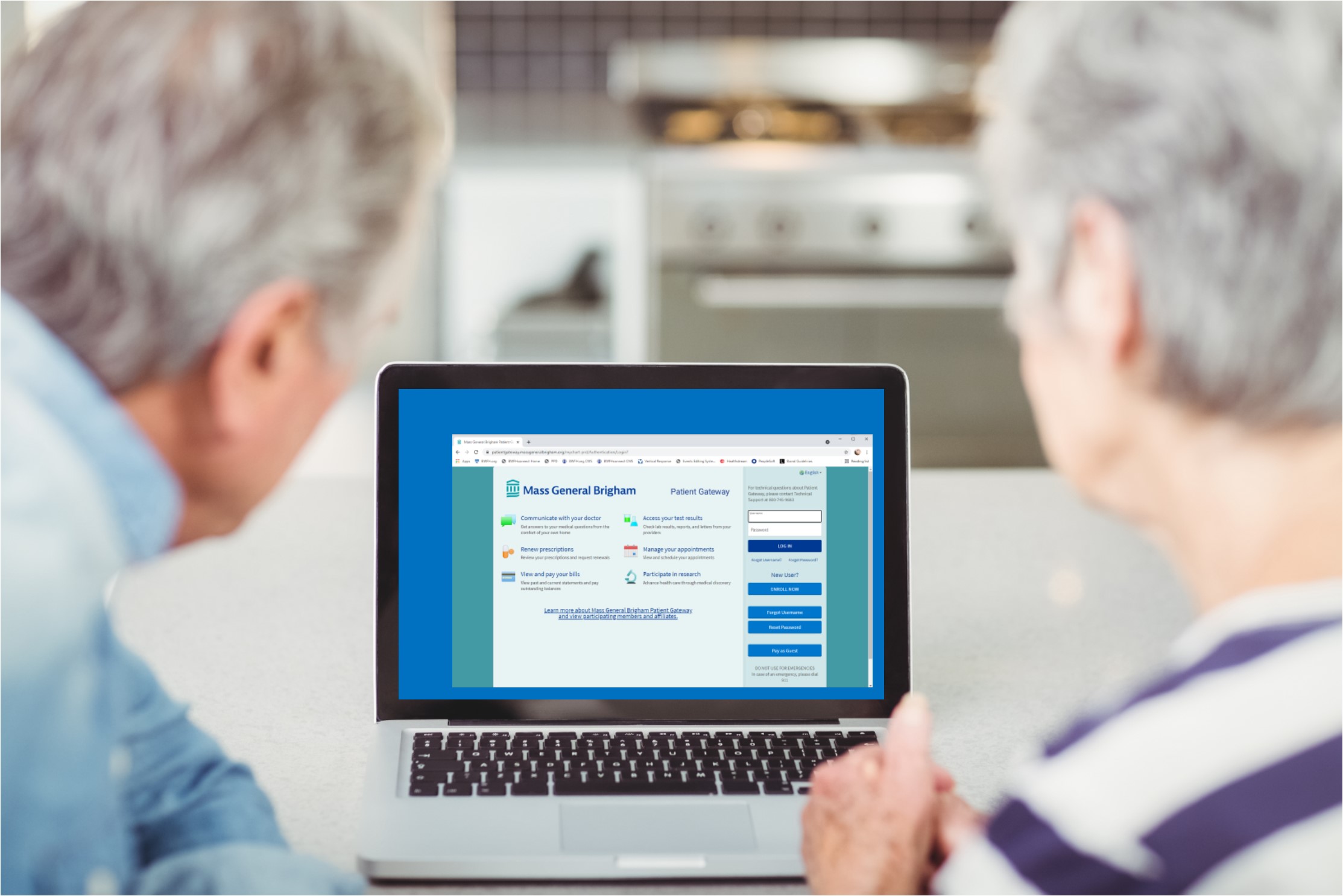
October is Breast Cancer Awareness Month—it’s a time to show your support for those impacted by breast cancer and prioritize your own health by scheduling your annual screening mammogram.
Electronic medical records, like Mass General Brigham’s Patient Gateway, give you access to your test results faster than ever before. But oftentimes, when those results land in your inbox, you might be unsure how to interpret them. This is particularly true when it comes to your annual screening mammogram report.
At Brigham and Women’s Faulkner Hospital, after your appointment with one of our technologists, your mammogram is read by a Brigham and Women’s board-certified subspecialist radiologist who has dedicated their career to breast imaging. In most cases, your mammogram is read within a matter of hours, so there is no waiting and wondering about your results.
“Radiologists use a system called Breast Imaging Reporting and Data System, or BI-RADS, to report your mammography results,” explains Sona Chikarmane, MD, Division Chief of Breast Imaging. “In Patient Gateway, you will see one of three findings: BI-RADS 1 (negative), BI-RADS 2 (benign) or BI-RADS 0 (incomplete). If your results are BI-RADS 1 or 2, it means either nothing out of the ordinary was seen (negative) or we saw something we expected to see like a prior biopsy clip or post-surgical changes (benign). If your results are incomplete, you will be called back for additional imaging.”
Dr. Chikarmane stresses that a call back does not mean you have breast cancer. “It just means we need to get a better look at your breast tissue,” she says. “A screening mammogram consists of four standard images. Sometimes those four images of your breasts just aren’t enough for us to conclude there is nothing worrisome going on.”
Less than 10 percent of women are called back for additional imaging, but, for those women, the worry can be overwhelming. Dr. Chikarmane says, “When you come in for your follow-up appointment, a board-certified radiologist who specializes in breast imaging will be onsite. We’ll take additional images using mammogram and possibly ultrasound. This gives us the best possible view of your breast tissue.”
If something is found, your treatment plan will begin immediately.
Mammogram reports also include a rating for breast density. Dr. Chikarmane says there are four groups: A. fatty, B. scattered, C. heterogeneously dense and D. extremely dense. Women with dense breast tissue are at higher risk for breast cancer compared to women with less dense breast tissue. Dense breast tissue also makes it harder for radiologists to see cancer. “If patients have questions about their breast density, they should speak with their provider,” says Dr. Chikarmane. “If you have other risk factors for breast cancer, you might consider supplemental screening with ultrasound or MRI if you qualify.”
Dr. Chikarmane also stresses that if you have any questions about your mammogram report, you should call your provider. They can walk you through the report and help you understand its nuisances.
Annual screening mammograms are recommended for all women 40 years of age and older. Schedule yours today! Call 617-983-7272.
Updated 8/10/22
Looking for more news from BWFH? Go to News to find articles about health, updates to our programs and services and stories about staff and patients.
Go to News